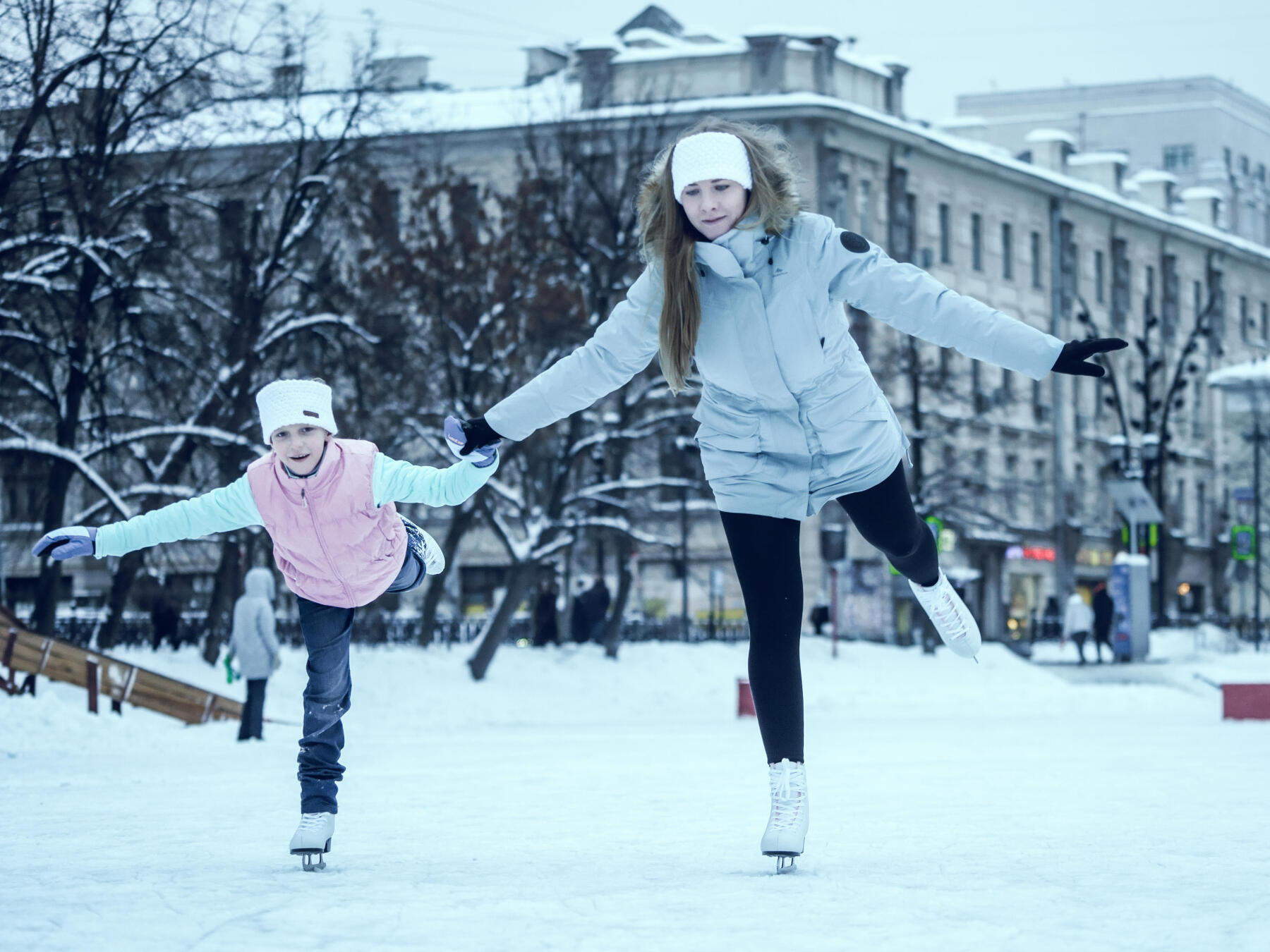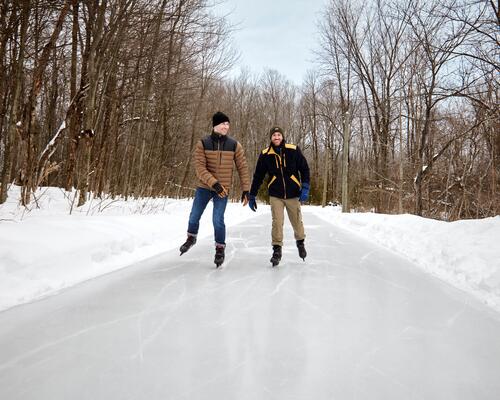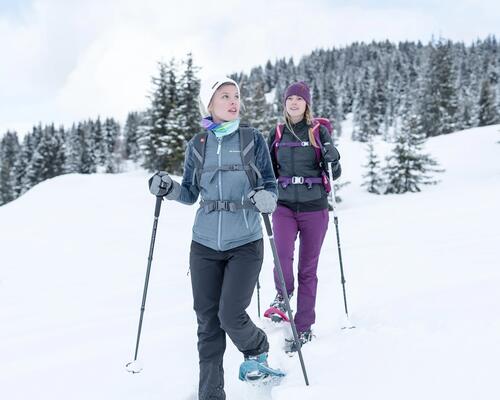Balance and coordination
Learning to skate means learning to shift your centre of gravity and develop fluid, coordinated movements. Even when you’re motionless on your blades, certain muscles are working hard to keep you balanced. Imagine how much work they do when you’re moving!
If you don’t know how to skate, don’t worry. Take it slow and be patient; you’ll feel more comfortable on the ice in no time.





